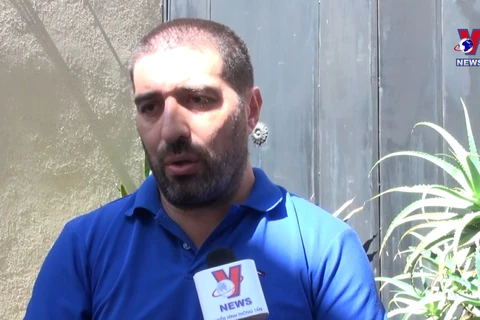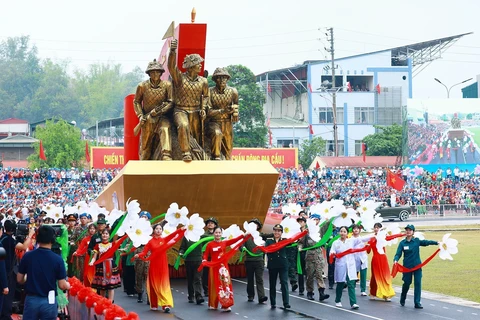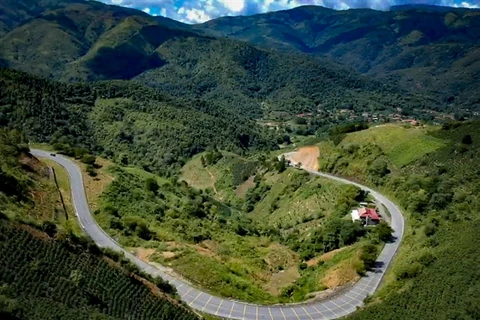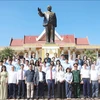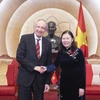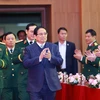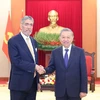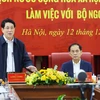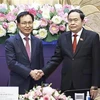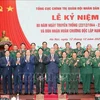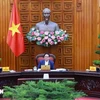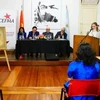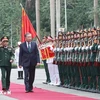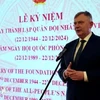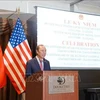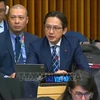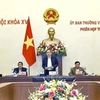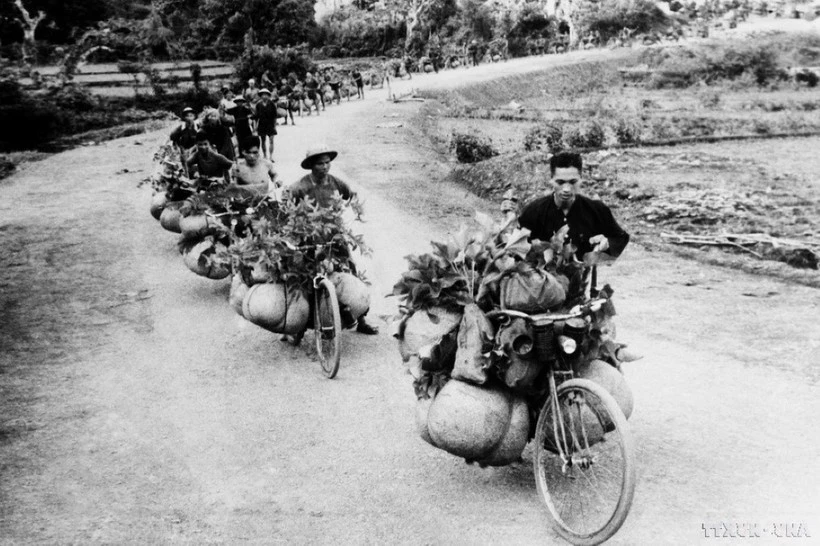
Havana (VNA) – The Granma daily, the newspaper of the Communist Party of Cuba, on May 7 ran an article about the contributions of pack-bikes to the Dien Bien Phu Victory on the 70th anniversary of the victory (May 7, 1954-2024).
In the article “Dien Bien Phu: la batalla en bicicleta” (Dien Bien Phu: The battle on bikes), its author Delfín Xiqués Cutiño affirmed that the Dien Bien Phu Victory was a brilliant milestone in the heroic history of the Vietnamese people. Two miracles that demonstrate the characteristics of the people's war in the Dien Bien Phu campaign are the pack-bikes and manual cannon hauling to the front. The entire Vietnamese people joined the soldiers in one of the most important missions of the Dien Bien Phu campaign: supplying the front lines.
The French Commander-in-Chief in Indochina General Henri Navarre thought that the force of General Giap [General Vo Nguyen Giap, Commander-in-Chief and Commander of the Dien Bien Phu Campaign] would not be able to get reinforcements of weapons, ammunition and food. He said transporting thousands of tonnes of supplies through hundreds of kilometers of jungle to reinforce a fighting force of about 50,000 people was an insurmountable challenge.
Journalist Cutiño wrote that the Vietnamese, who were proficient in the art of camouflage, and the French colonialists made the mistake of underestimating the small, skinny people wearing rubber sandals, who seemed to have no strength to hold guns to fight against the elite invading army, let alone defeating the "unprecedented stronghold in Indochina". The Vietnamese deployed supplies very simply through hundreds of roads stretching from Thanh Hoa to the country’s Northeastern region - the roads that seemed impassable.
As described in the Granma’s article, Vietnamese people, like ants diligently transporting pieces of food back to their nests, transported food, supplies and weapons to the front to support Dien Bien soldiers without being detected. Tens of thousands of bicycles were modified so that they could carry more than 150 kg, equivalent to the carrying capacity of five people, but faster and able to transport bulky materials and liquids like gasoline and oil. Boats, horses and oxens were also used in this task.
In particular, the most unexpected thing happened when General Giap made a bold logistical decision: dismantling the cannons so that soldiers could transport each piece through the jungle to caves in the surrounding mountains around the base.
Transporting cannons along trails was truly a feat. Vietnamese soldiers, who French invaders underestimated, were capable of transporting up to 40 75mm cannons weighing 2.4 tonnes each and 120mm howitzers into the battlefield on winding, narrow, slippery, and muddy military roads plus steep slopes. They moved tonnes of equipment through many dense forests, high mountains, and dangerous abysses, under fierce enemy air and artillery attacks.
When summing up the Dien Bien Phu campaign, in his memoirs “Dien Bien Phu, the Historic Rendez-vous” published later, General Giap said that pack-bikers became the second most important transport force, behind motor vehicles.
According to the article, there were many reasons for the Dien Bien Phu Victory, and one of important and decisive reasons is the great support from the rear, both materially and spiritually. The failure of the French colonialists at Dien Bien Phu was also for many reasons, including not predicting the strength of the Vietnamese patriots./.
